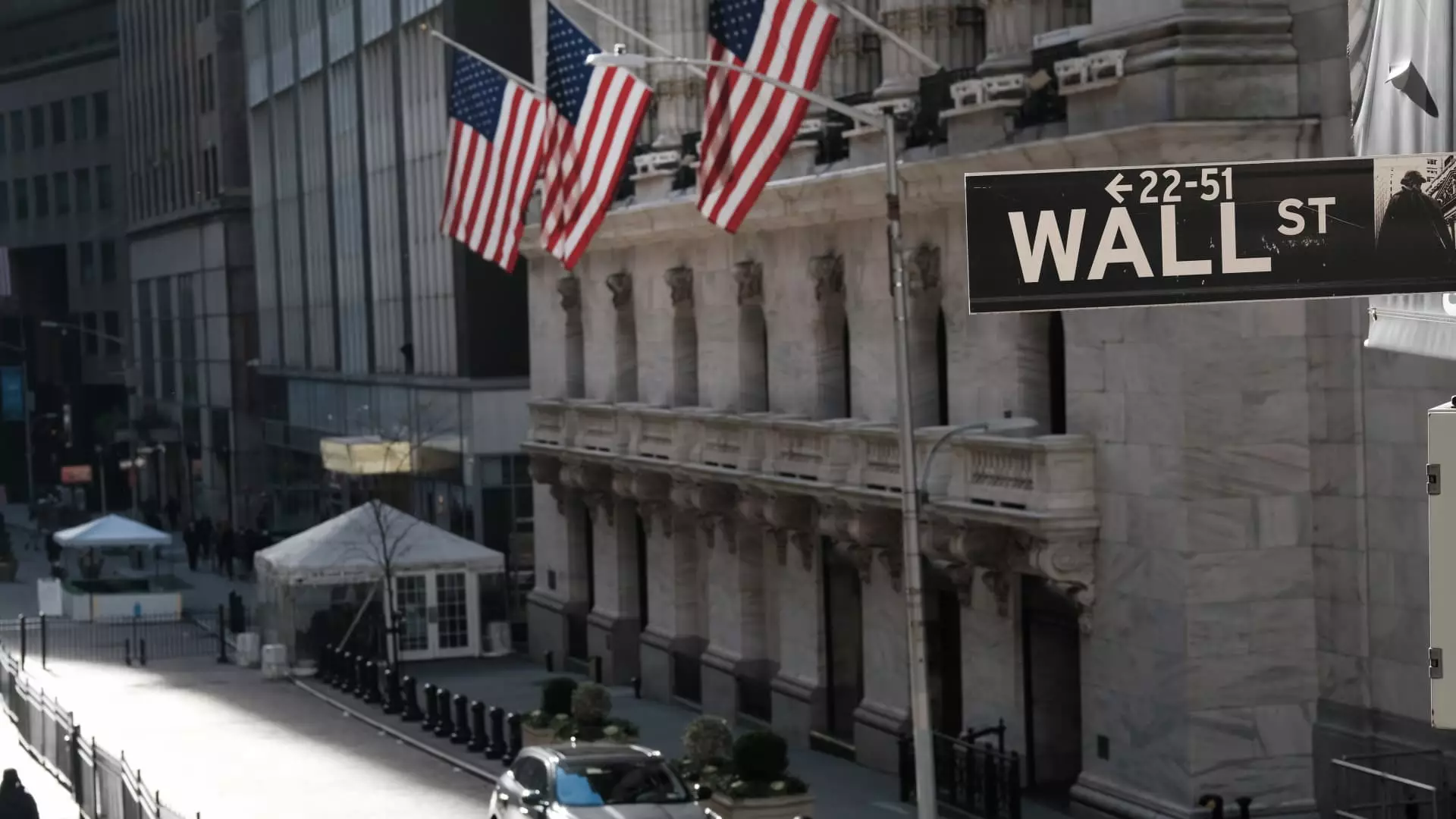In an alarming move that raises serious questions about financial prudence, the Federal Reserve has proposed easing the enhanced supplementary leverage ratio (eSLR) regulations, a cornerstone of post-financial crisis reforms. While the intention behind this proposal may be dressed in the language of flexibility and market resilience, its potential repercussions could be detrimental to the very fabric of our banking system. This proposal targets the top-tier capital requirements that the nation’s largest banks must maintain, a regulatory mechanism designed to prevent future crises by ensuring that institutions have adequate reserves to weather possible disruptions. However, loosening these restrictions seems more like an invitation for reckless behavior than a thoughtful adjustment to changing market conditions.
Illusions of Safety in a Volatile Landscape
Supporters of this regulatory rollback, including Fed Chair Jerome Powell, argue that an increase in low-risk assets, such as U.S. Treasuries, has rendered the leverage ratio overly stringent. According to Powell, the tightening of the capital regulations has become counterproductive, and thus, a re-evaluation is necessary. Yet, one must question whether the solution truly lies in dismantling the very safeguards that were put in place after the major financial insecurity of the late 2000s. The proposed 1.4% reduction in capital for large banks—amounting to a staggering $13 billion—may superficially appear to bolster their operational flexibility. Still, the reality is that it could result in misguided incentives for banks to prioritize shareholder profits over financial stability. In essence, it risks returning us to a mentality of short-term gain without adequate regard for long-term consequences.
A Shift Toward Risky Business
The Fed’s justification for the proposed changes is rooted in the goal of enhancing liquidity within Treasury markets, a concern voiced amidst rising reserves, according to Vice Chair Michelle Bowman. However, the evidence presented by dissenting voices within the Fed suggests a more troubling underlying reality. Opponents such as Governors Adriana Kugler and Michael Barr warn that the relaxation of these capital requirements is likely to result in banks reallocating their resources towards higher-return ventures, sacrificing the conservative intermediation of Treasury assets during critical periods. Is this what we want from institutions that are supposed to stand as bulwarks against economic turmoil? A small bump in liquidity that might occur during normal periods pales in comparison to the risk of stepping backward into another financial crisis.
Comparing Apples and Oranges
Furthermore, the administration of capital requirements has historically drawn a clear distinction between different types of assets. Treasuries may be safer compared to high-yield bonds, yet equating the two in terms of regulatory treatment undermines the rationale for maintaining rigorous standards. The logic seems to dissipate when viewed through the lens of past financial disasters which have shown us that risk is not merely an academic consideration but a palpable force that can devastate the economy. By equating risk profiles inappropriately, the Fed may inadvertently set the stage for catastrophic outcomes.
A Governance Crisis in the Making
The implications of altering the eSLR are multifaceted and troubling. Not only does it concede to the pressures of Wall Street executives seeking fewer restrictions, but it also signals a worrying trend where market forces overshadow regulatory safeguards. The pushback from members of the Fed illustrating their commitment to the safeguarding of financial stability ought to resonate with citizens and lawmakers alike. These regulations, once designed to promote a resilient banking system, could be undone in a misguided attempt to accommodate the interests of a few at the expense of the many.
In a society striving for equitable growth, where the financial sector should serve as a stabilizing force for the economy rather than a speculative gambling house, it’s imperative we remain vigilant against measures that compromise safeguards. The Federal Reserve must not forget its central mission: to promote maximum employment, stable prices, and moderate long-term interest rates. Letting corporate America dictate the terms under which it operates will only lead to complacency in an industry that requires rigorous oversight. Risk has a way of rearing its ugly head when least expected, and loosening capital requirements is an open invitation for disaster.

